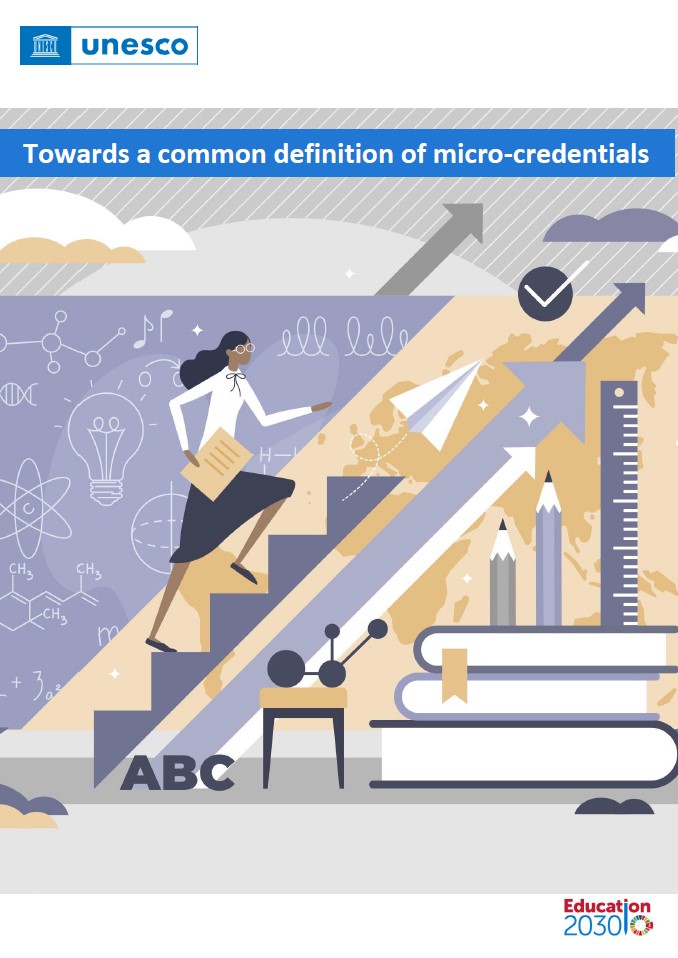THEME: DISRUPTION
The Great Upheaval: What Can We Learn From Others?
In this third section of the book, Levine and Van Pelt use three case studies—the music industry, the film industry, and the newspaper industry—to illuminate how and where disruptive innovation begins. While each of these industries differ in significant ways, they share a large number of commonalities that prove highly relevant to higher education. Ultimately, the authors conclude, demographics and economy didn’t upend music, film, or newspapers—technology did and will do the same for higher ed.
Quote: “What we learn from looking at these three industries [music, movies, newspaper] is that neither demographics nor the economy is likely to change the current industrial era model of higher education. They did not disrupt the music, film, or newspaper industries either. The three industries were disrupted by digital technology… The three cases point to the type of change higher education is likely to experience. That is, the rise of anytime, anyplace, consumer-driven content and source agnostic, unbundled, personalized education paid for by subscription.” (Levine & VanPelt, 2021, p. 211-212)
RESOURCES
WATCH
The Future of Higher Education: Lessons from the Transformation of the Newspaper, Film, and Music Industries, Arthur Levine, October 12, 2020 (43 min).
This session reports on a study of three knowledge organizations- newspapers, motion pictures, and music- which faced the same demographic, economic and technological challenges as higher education but changed far more quickly.
READ
Are Universities Going the Way of CDs and Cable TV? - The Atlantic, 2020. (7 min read)
Quote: "As educators, we must constantly question how well we’re serving our students. To put it in starkly commercial terms—what’s our customer value proposition? We tend to get confused when we think about this question. Our industry has been so stable for so long that we’ve conflated our model with our mission. And no question about it: Our model is under threat. As we’ve seen in other industries, technology will change how we work—and that process will hurt."
What Higher Ed Can Learn From the Newspaper Industry, Chronicle of Higher Education, 2019. (7 min read)
Quote: “Both journalists and academics ‘have these gauzy ways of looking at what we do,’ Littau says. Journalists liked to think of themselves as defenders of democracy, when most people were going to newspapers simply for the weather, the box scores, and the lifestyle pages. Academics think of themselves as discovering and distributing knowledge, when people really just want the credential and a job. ‘We pin our value,’ Littau says, ‘on things that I don’t think the audience is thinking about’.”
Higher Education in a World of Singles, Inside Higher Ed, 2021. (6 min read)
Universities differ from music labels, but they, too, rely on an economic model that exerts control over talent and forces consumers into a narrow set of choices, argues Steven J. Tepper.
Quote: “[The labels] bundled songs together, controlled intellectual property and determined the format for how people accessed music -- where they bought it and on what devices they listened to it. . . Universities differ from music labels, to be sure. But the general point is hard to dispute: they, too, rely on an economic model that exerts control over talent and forces consumers into a rather narrow set of choices. You must buy the entire CD.”
Current Trends in Microcredential Design and Delivery, EDUCAUSE, 2023. (9 min read)
Quote: “Learners are looking for flexible ways to achieve their educational goals, and a growing number of families and students are questioning the value of a college degree. Microcredentials seem to be an attractive option for meeting students' needs, but higher education professionals still do not have widely agreed upon resources for defining, designing, delivering, supporting, or evaluating microcredential programs.
DEEP DIVE
New Models of Higher Education: Unbundled, Rebundled, Customized, and DIY, edited by Aaron M. Brower and Ryan J. Specht-Boardman, 2022. (545 pages)
Quote: “People’s ability to customize their own education and training pathways illustrates a smart, cost- efficient, and accessible approach to lifelong education and training. Promoted correctly, using policies, practices, and recommendations discussed by chapters in this book, this mixing-and-matching model of education and training is the right model to embrace and lean into. It makes education and training accessible to working adults across the U.S. and the world because it adjusts to their lives versus the other way around. This approach holds the promise of making education and training a truly democratic endeavor” (p. xxi).
DISCUSSION & REFLECTION
- How might a subscription-based model for higher education impact accessibility, affordability, and the quality of education?
- Considering the shift towards personalized education in K-12, how can college instructors ensure that students still receive a well-rounded education that includes critical thinking, interdisciplinary perspectives, and a sense of community, while leveraging digital resources and the convenience of "anytime, anyplace" learning?
- How might the integration of emerging technologies like virtual reality, augmented reality, and artificial intelligence enhance the concept of personalized education?
